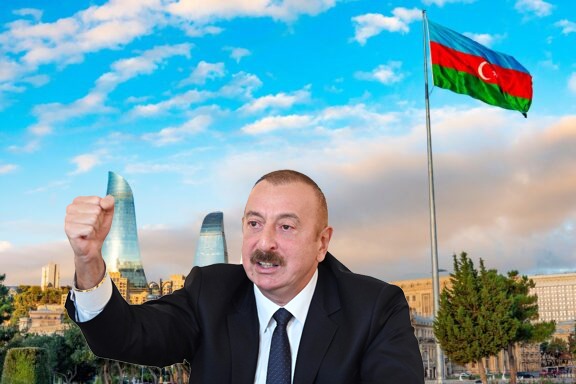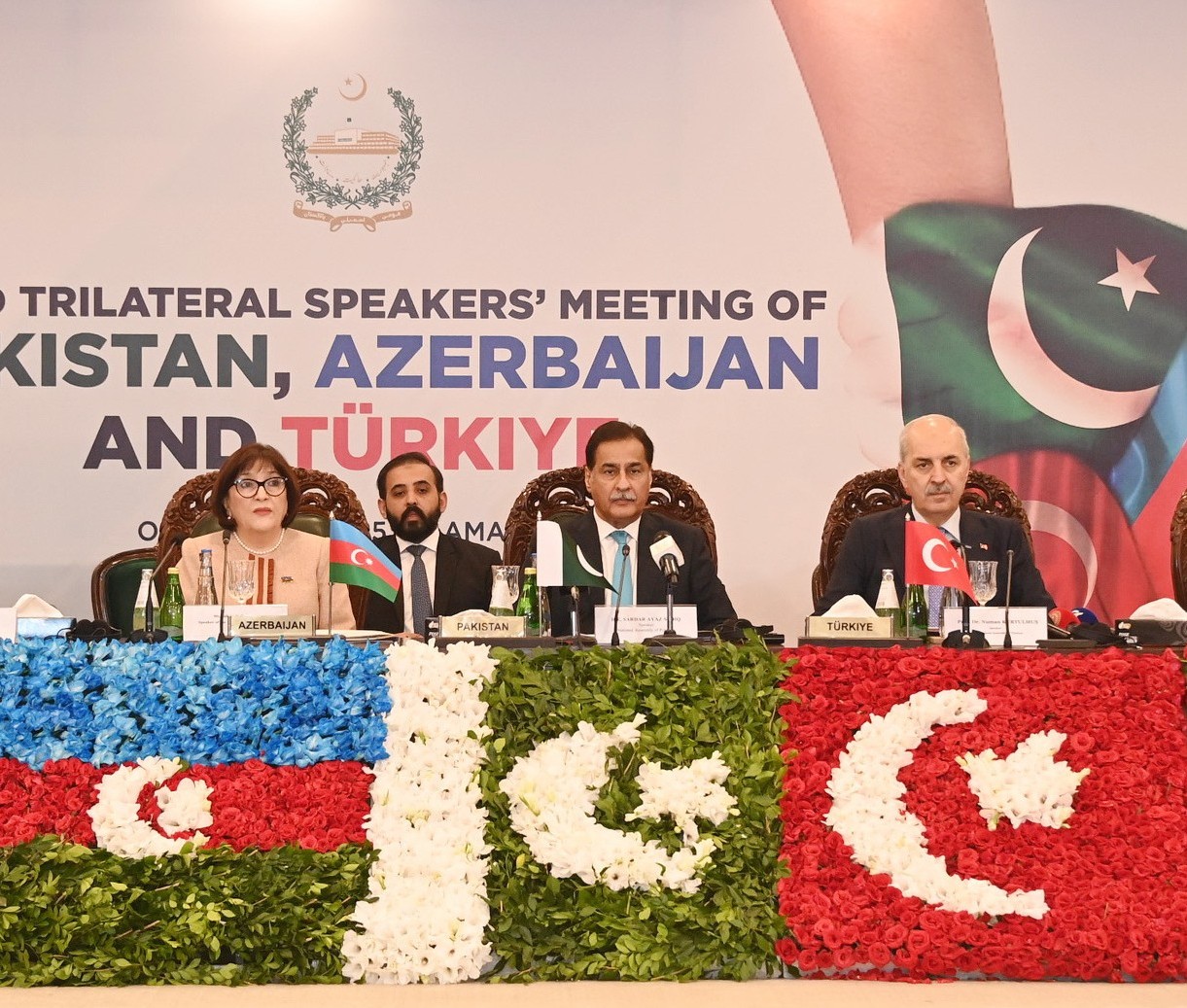In Uzbekistan, special attention is paid to consistent work to increase incomes of the population and fight poverty. To this end, a number of reforms have been carried out aimed at identifying low-income citizens and subsequently providing them with targeted assistance.
The work is carried out within the framework of the tasks outlined in the Development Strategy of New Uzbekistan for 2022-2026 and the Uzbekistan-2030 Strategy. In the Address to the Oliy Majlis dated January 24, 2020, the President identified the fight against poverty as a priority. It is noted that solving this problem requires the implementation of a comprehensive economic and social policy – from stimulating entrepreneurial activity to mobilizing the abilities and potential of the population, creating jobs.
In 2020, after the first cases of Covid infection were identified, strict measures were introduced to prevent the spread of infection, measures were taken to isolate people, and the mobility of citizens was limited. The country urgently adopted several anti-crisis packages.
The first was associated with improving the healthcare system, technical equipment of medical institutions, and drug supply to the population. The second is aimed at minimizing the negative impact of coronavirus on the economy in the equivalent of one billion dollars. Work has begun on creating databases of socially vulnerable groups of the population in order to provide targeted support to them.
At the initiative of the head of state, the country introduced the institution of assistant khokims for the development of entrepreneurship, employment and poverty reduction. A local poverty prevention and prevention system has been launched based on the “mahallabay” principle. Since 2021, a mechanism for registering low-income citizens has been introduced by entering them into the “Unified Register of Social Protection” information system. As a result, the scope of targeted social protection for the poor has expanded. For example, if in 2017 500 thousand low-income families received social assistance, then since 2021 the coverage has increased more than four times, the volume of allocated funds has increased seven times and reached 11 trillion soums per year. Since 2018, budget transfers to the social sector have tripled – from 35 trillion to 106 trillion soums in 2022.
In cooperation with major international organizations – UN institutions, in particular with the UNDP office in Uzbekistan, a large-scale development of long-term measures to reduce poverty was carried out, which were reflected in the Development Strategy of New Uzbekistan for 2022-2026. In the first direction, the goal is to improve the well-being of the population and enter the group of countries with an above-average level of development according to the World Bank’s qualifications by ensuring macroeconomic stability.
The second direction involves improving the social protection system and serving those in need, creating a separate government body, integrating social protection and employment programs, gradually increasing the level of benefits, a stable state pension system, and a barrier-free environment for people with disabilities.
The implementation of consistent measures will ensure that the coverage of those in need with social benefits and financial assistance reaches 85 percent. Social packages allocated in 2022 amounted to almost 19.4 trillion soums, which is 78 percent, or 8.5 trillion soums, more than in 2021. The gradual indexation of wages of budget workers increased by 21 percent. Indexation of pensions and social payments amounted to 4 trillion 458 billion soums. One-time payment to pensioners and vulnerable groups of the population – over 6 trillion 117 billion soums. One-time payments were received by 4.1 million pensioners, 263 thousand who have lost their breadwinner and those with disabilities since childhood, one hundred thousand people included in the “iron notebook”, 4.4 million children from families receiving financial assistance and under 18 years of age.
In the third direction, aimed at increasing the efficiency of the education system, measures are envisaged to expand the coverage of preschool education to at least 80 percent of children and the creation of early development centers. In general secondary education, it is planned to build 246 and reconstruct 1,015 schools, creating 1.2 million student places. Providing free meals for primary school students and providing extra classes for children from low-income families. Increasing enrollment in higher education to 50 percent, including increasing the number of non-state universities to 50.
The fourth direction, improving the health care system, provides for more complete coverage of those in need with medical services, improvement of preventive work and patronage, development of a state health insurance system and private health care. 80 percent of the domestic market for pharmaceutical products and medical equipment will be provided through local production.
To implement the fifth direction, aimed at the development of entrepreneurship and small businesses, it is planned to long-term lease 200 thousand hectares of cotton and grain fields to the population on an open competition basis, build 300 thousand compact greenhouses, increase the number of mahallas by 4,250 on the principle of “one district, one product” . By 2026, it is planned to create 200 industrial zones and develop business incubators in the regions.
In the sixth direction, it is planned to ensure employment of the poor, the unemployment rate among women is expected to decrease by 9 percent, the employment rate of persons with disabilities will increase by 19 percent, and jobs will increase abroad by 300 thousand. It is planned to legalize informal employment for 2.5 million people, create 163 thousand jobs for people with disabilities, train at least 300 thousand specialists in sought-after qualifications before going abroad, and open branches of vocational schools in Turkey, Germany, and South Korea.
The seventh direction – poverty reduction through the balanced development of regions – involves increasing the standard of living and incomes of people, accelerated development of entrepreneurship in cities and regions lagging behind in development, the creation of family cooperatives, tax and business benefits for 60 districts.
Another important factor in poverty reduction is infrastructure development, which is reflected in the eighth direction. In the next two years, the level of provision of clean drinking water to the population will be increased to 67 percent, jobs will be created through the development of roadside infrastructure, measures will be taken to encourage the use of alternative energy sources by those in need, and new criteria for identifying low-income families when purchasing housing will be developed.
To implement the tasks within the ninth direction to achieve environmental stability by 2026, it is planned to reduce by 11.7 percent the lands in the process of desertification, the number of industrial enterprises emitting pollutants, and restore one million hectares of land in the Aral Sea region. The share of farmers participating in climate change risk insurance programs will increase by 51 percent. In the next two years, household waste collection will be one hundred percent, and the level of recycling will increase from 21 to 50 percent.
To implement the plans, work has begun this year within the framework of regional poverty reduction programs in the Kashkadarya and Bukhara regions. Programs in this direction are also being developed in 15 districts of nine regions of the country. At the same time, integrated surveys on multidimensional poverty are being conducted with household surveys on monetary poverty. Randomized trials are being conducted to analyze the effectiveness of measures to reduce child poverty in two regions of the country. It is planned to introduce social cards for vulnerable segments of the population. From October 1 of this year, all social assistance will be financed through them. As part of the planned activities, all 74 types of social assistance and benefits will be transferred to the card: it will be possible to take advantage of benefits in the field of transport and housing and communal services.
Successful implementation of the set tasks will allow by 2026 to significantly increase people’s incomes and reduce poverty in the country.
Mukhsin Kholmukhamedov is the Deputy Director at Center for Economic Research and Reform














